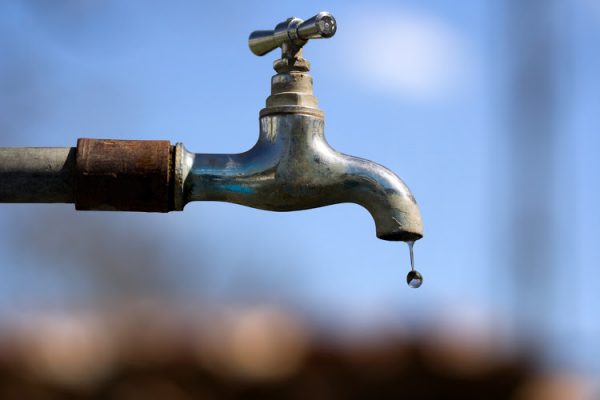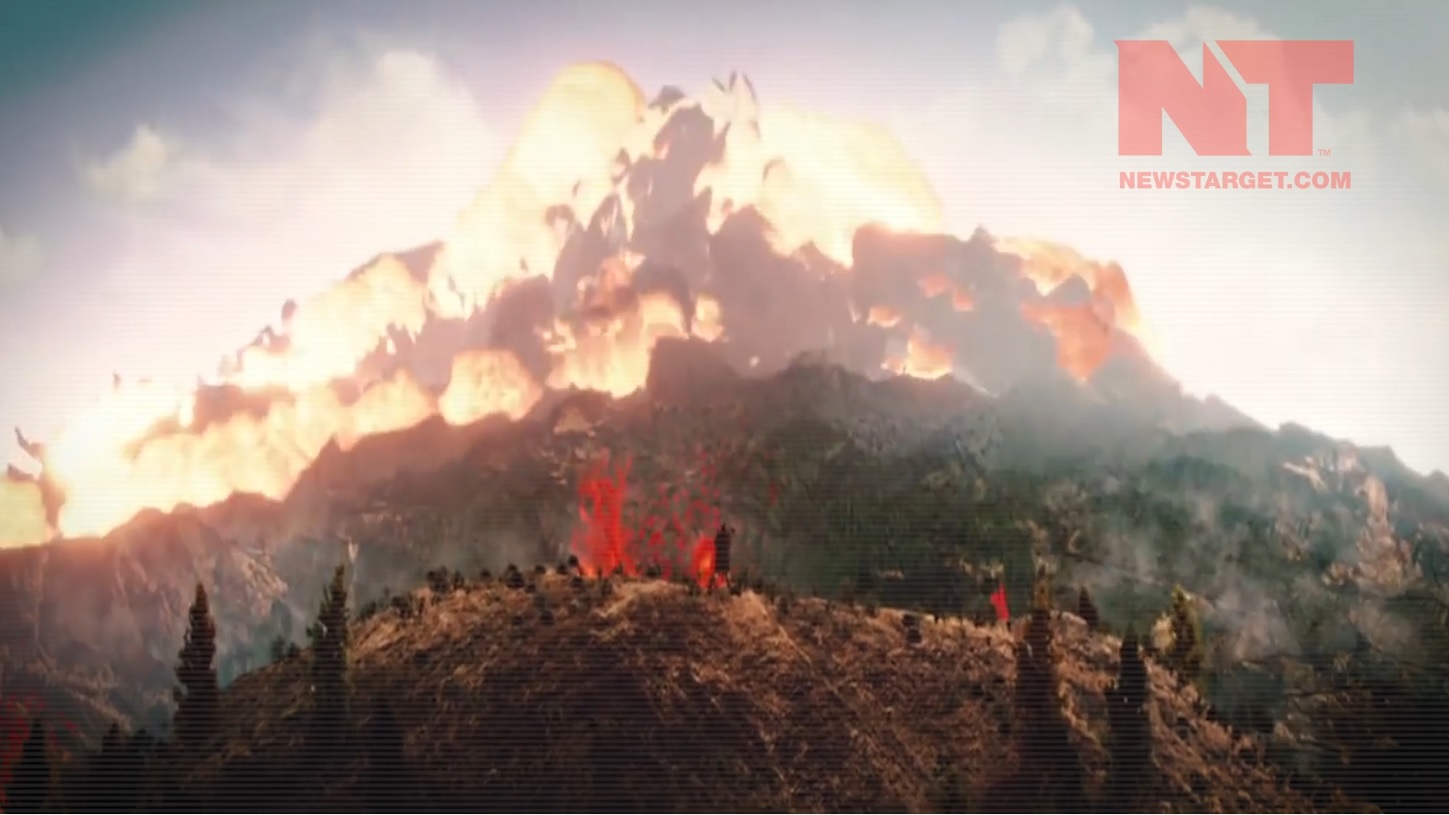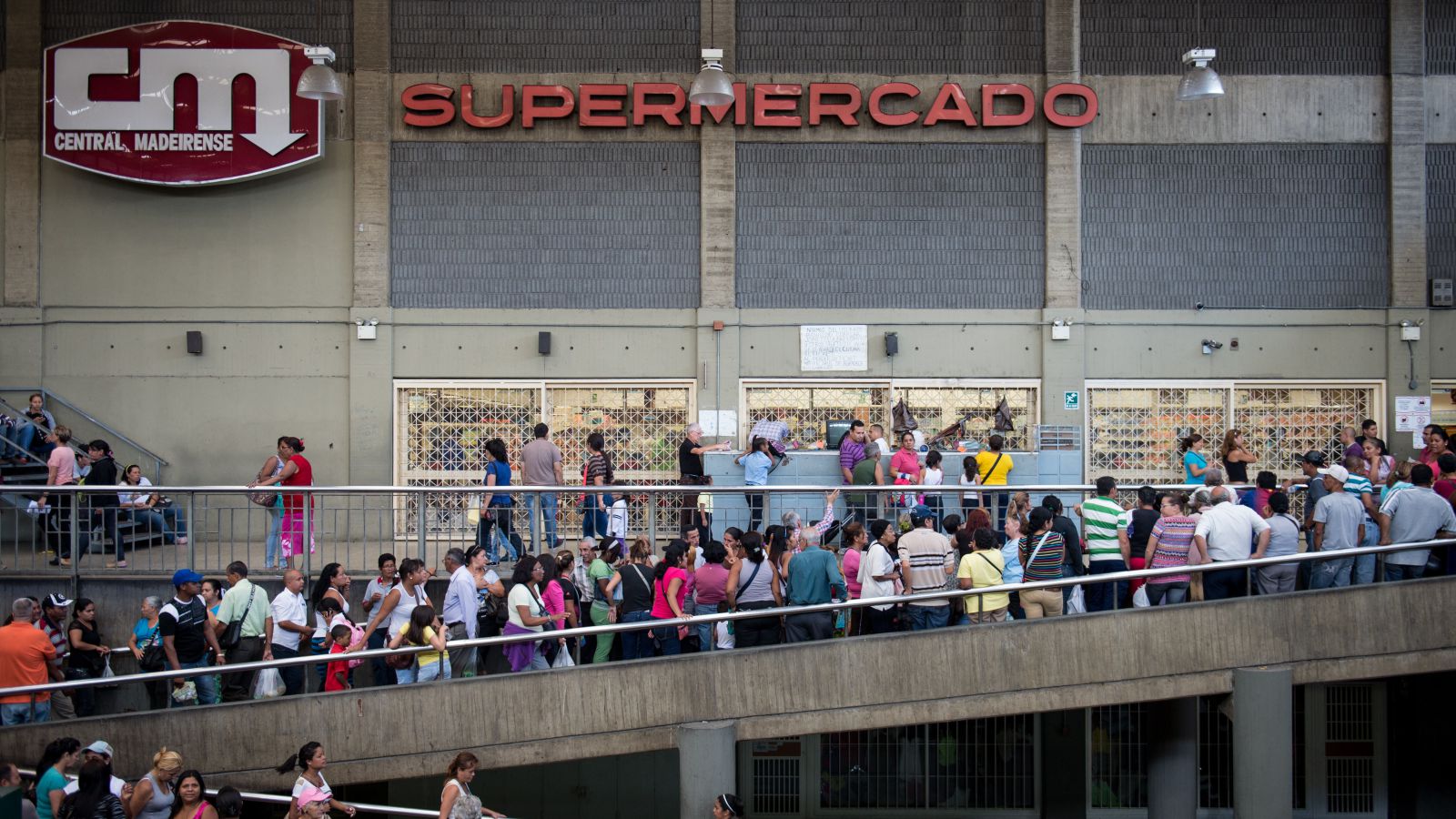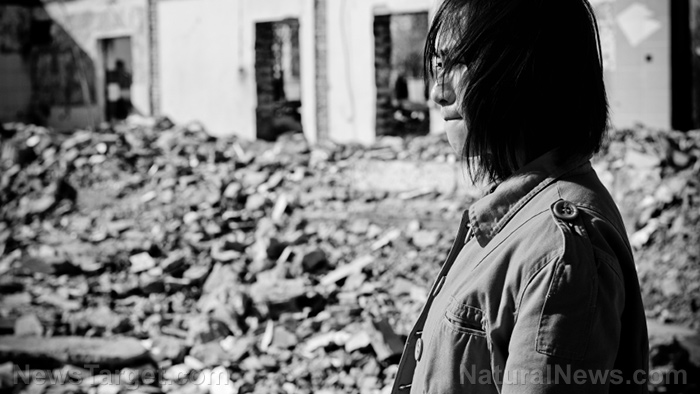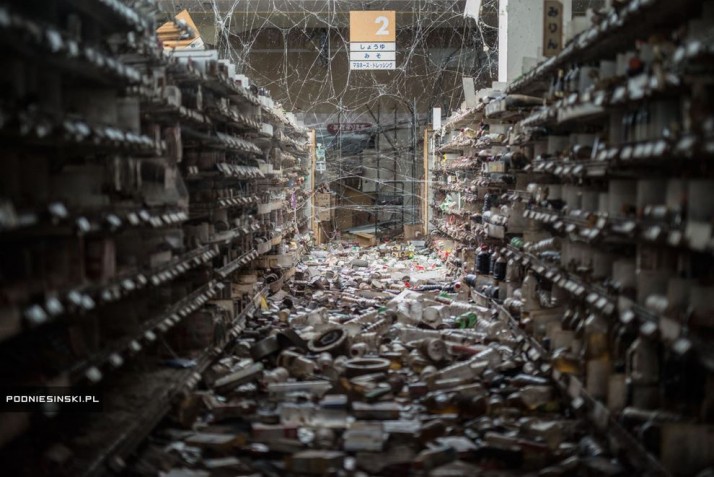Fukushima is running out of storage tanks for radioactive water … Where will they dump it now?
05/24/2018 / By Tracey Watson
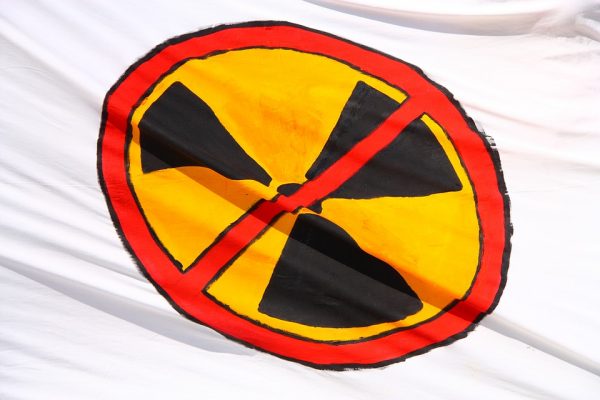
The fallout from one of the worst nuclear disasters in history is likely about to get far worse, with Japanese news media reporting that the storage capacity for collecting radioactive water at Japan’s Fukushima Daiichi nuclear power plant is close to reaching its limit.
The power plant was first commissioned in 1971, and was one of the 15 largest nuclear power stations in the world before it sustained massive damage when Japan was hit first by a magnitude 9.0 earthquake and then a massive tsunami on March 11, 2011.
Close to 16,000 people died in the disaster, with another 160,000 losing their homes and employment.
Japan has been involved in an extensive clean-up campaign ever since, but all that waste has to go somewhere, and you can only store so much radioactive water before you run out of space.
So much waste, so little space …
Even though the nuclear disaster in Fukushima took place over seven years ago, radioactive waste has continued to build up as ground water flows through the destroyed reactor buildings and becomes contaminated. This creates a staggering 160 tons of contaminated water each day.
While the purification devices used by the Tokyo Electric Power Company (TEPCO) do remove most of the radioactive materials, a radioactive isotope of hydrogen known as tritium cannot be removed, and tritium-contaminated water continues to cause big problems.
TEPCO cleared an area the size of 32 soccer fields to hold waste storage tanks with a total capacity of 1.13 million tons to deal with the water, but that space is almost completely filled, with about 1.07 million tons of capacity already consumed.
A senior official with the Economy, Trade and Industry Ministry has warned, “Operation of tanks is close to its capacity.”
And Akira Ono, chief decommissioning officer at TEPCO, added, “It is impossible to continue to store [treated water] forever.”
TEPCO has promised to increase storage capacity to 1.37 million tons, and insists this will contain the situation until 2020.
Experts worry about what will happen after 2020, however, and many are growing increasingly concerned about the possibility of a further disaster should another major earthquake or tsunami strike and release all that stored radioactive waste.
What happens when there is no more space for storage tanks?
TEPCO and the Japanese government would have everybody believe that since tritium exists in nature, releasing it into the sea should not be a problem.
Japan News reported:
Tritium exists in nature, such as in seas and rivers, and is also included in tap water. The ordinary operations of nuclear plants produce tritium as well. Nuclear plants, both in Japan and overseas, have so far diluted it and released it into the sea or elsewhere. An average of 380 trillion becquerels had been annually released into the sea across Japan during the five years before the accident at the Fukushima No. 1 nuclear plant.
Bottles that contain the treated water continue to be brought one after another to a building for chemical analysis on the grounds of the Fukushima No. 1 nuclear plant. The tritium concentration of the treated water is up to more than 1 million becquerels per liter, which is more than 10 times higher than the national standard for release into the sea — 60,000 becquerels per liter. But if diluted, it can be released into the sea.
The Independent noted, however, that local fishermen are very opposed to the idea of dumping radioactive waste in the ocean. They complain that consumers already perceive the water in the area to be dirty and are loath to buy fish caught there. The number of fishermen in the area has already halved, and packages of locally caught fish have to carry “safe” stickers.
And, as noted by True Activist, Fukushima already leaks a shocking 300 tons of radioactive waste into the Pacific Ocean each day, contaminating the entire area and causing damage as far away as the U.S. west coast. This massive environmental disaster would escalate even further if the tritium waste was dumped in the ocean.
But if they don’t dump it, what will happen to it? And what happens when the next big earthquake strikes?
Stay up-to-date with the situation at Fukushima.news.
Sources include:
Tagged Under: Daiichi Power Plant, disaster, environment, food safety, Fukushima, Japan, nuclear cleanup, nuclear disaster, nuclear meltown, nuclear reactors, nuclear waste, radiation science, radioactive waste, TEPCO, tritium

